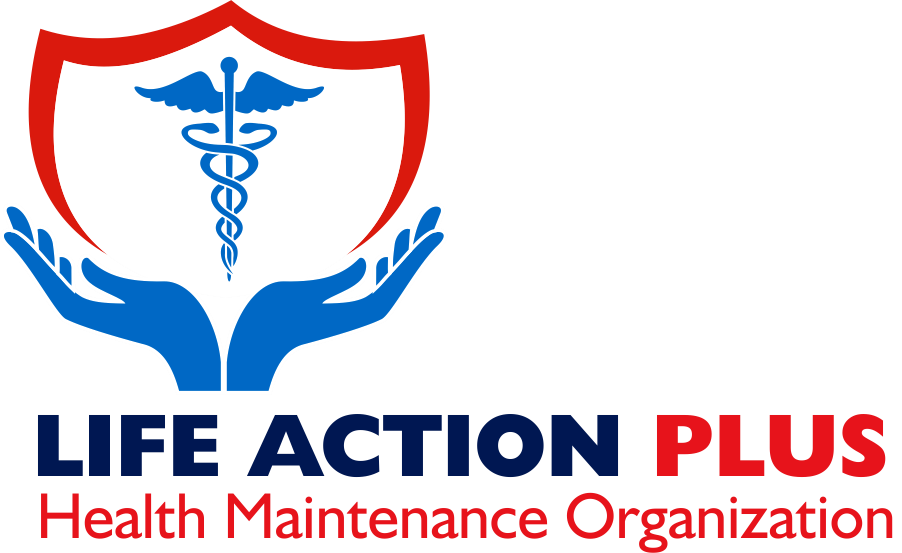Breast milk is quite amazing. It has all the nutrients that a baby needs in its first 6 months of life. The benefits for the baby are impressive. They include lower rates of allergies, ear & lung infections, obesity, and sudden infant death as well as healthier weight gain and other long term outcomes.
Mothers can benefit from breastfeeding too. It reduces uterine bleeding, burns calories, and it reduces the risk of breast and ovarian uterine cancer, as well as osteoporosis, arthritis, heart disease, and type II diabetes.
To understand breastfeeding, let’s start with the breast themselves. Breast tissue develop during puberty, and it is made up of Adipose (fat) tissue, as well as glandular tissue that makes the milk, and lactiferous ducts which serves as passage ways that guide the milk to the nipple. Zooming in on the glandular tissue there is the Alveolus which is a modified sweat gland made up of alveolar cells which actually make the breast milk, wrapping around the alveolus are special myoepithelial cells that squeeze down and push the milk out of the alveolus, down the lactiferous ducts and out of one of the pores of the nipple, at which point, it enters the baby’s mouth.
During pregnancy, the placenta releases human placental-lactogen and progesterone and the anterior pituitary gland releases prolactin and all three of these hormones stimulate the growth of more glandular tissue and prepare the alveolar cells to produce milk. However, even though the breasts are capable of making milk by mid-pregnancy, the high levels of progesterone associated with pregnancy prevent milk letdown. So during the pregnancy, the breasts usually don’t release milk except from occasional leakages from the nipple.

Overall, the breasts enlarge, the area around the nipple called the areola begins to darken, and the areolar glands also called Montgomery glands, which look like bumps on the areola starts to produce lipoid fluid which moisturizes the nipple. Once the baby is delivered though, the placenta is also delivered so placental progesterone disappears, and milk begins to flow.
Initially though, the breasts don’t actually bring milk, they make colostrum, which is a yellowish fluid that is rich in immune cells and anti-bodies but low in fat. Colostrum coats the baby’s gastrointestinal tract and has a laxative effect which helps the baby pass the first stool which is called meconium. Within a few days after delivery, the breasts start producing milk.


